Description
SWISS CHARD – CANARY YELLOW
SWISS CHARD CANARY YELLOW. Tender, sweet, bright yellow stalks, rich green and heavily crinkled leaves. Easy to grow, vigorous and high in vitamin content. Approximately 55 days to maturity. Plants grow 16-20″ tall.
Cultivation Advice
- Swiss chard is a cool-season vegetable. Plant ‘Canary Yellow’ either in early spring or late summer for a fall harvest. It can tolerate some frost.
- Choose a well-drained location with full sun to partial shade. Ensure the soil is rich in organic matter, as Swiss chard thrives in fertile soil.
- Work organic compost or well-rotted manure into the soil before planting to improve fertility and drainage
- Space the seeds or seedlings about 12 to 18 inches apart in rows. Adequate spacing ensures good air circulation and allows the plants to reach their full size.
- Keep the soil consistently moist, especially during dry periods. Swiss chard prefers consistent moisture, but avoid waterlogged conditions.
- Apply a layer of mulch around the base of the plants to help retain soil moisture, suppress weeds, and regulate soil temperature.
- Swiss chard generally does well with a balanced, all-purpose fertilizer. Side-dress with additional fertilizer during the growing season if necessary.
- Begin harvesting outer leaves when they reach a usable size, usually around 6 to 8 inches long. Harvest regularly to encourage continuous production.
- Swiss chard is compatible with many other vegetables. Consider companion planting with plants like beans, cabbage, or tomatoes.
- Keep an eye out for pests such as aphids or leaf miners. Use insecticidal soap or neem oil for organic pest control.
- Swiss chard is relatively disease-resistant. However, good garden hygiene, proper spacing, and avoiding overhead watering can help prevent potential diseases.
- If you have limited space, grow ‘Canary Yellow’ Swiss chard in containers. Ensure the container is large enough to accommodate the mature plant, and use well-draining potting mix.
- To extend the harvest period, consider successive plantings every few weeks. This ensures a continuous supply of fresh leaves.
- Swiss chard has attractive, colorful stems and leaves. Consider incorporating it into ornamental beds or containers for both visual appeal and edible harvests.
- Harvest leaves by cutting them near the base of the plant. Avoid removing all the leaves at once to allow the plant to continue producing.
- Swiss chard is versatile in the kitchen. Use young leaves raw in salads or sauté mature leaves with garlic and olive oil. The vibrant yellow stems can add a colorful touch to various dishes.
- In areas with mild winters, Swiss chard may survive through the winter. Mulch around the plants to protect them during colder months
- If you plan to save seeds, let some plants bolt and produce flowers. Collect the seeds once they mature and store them for future.
- To enhance the color of the yellow stems, provide adequate sunlight. ‘Canary Yellow’ chard tends to exhibit more vibrant colors when exposed to direct sunlight.
- When harvesting, cut the outer leaves rather than the whole plant. This allows for continuous regrowth, and you can harvest from the same plant for an extended period.
- Swiss chard is excellent for stir-frying or sautéing. Try cooking it with garlic, olive oil, and a dash of lemon juice for a tasty and nutritious side dish.
- If you have a surplus of Swiss chard, consider blanching and freezing it for longer-term preservation. Blanching helps retain the color and nutritional value.
- Swiss chard is rich in vitamins and minerals, including vitamin K, A, and C. Incorporate it into your diet for a nutrient boost.
- When growing in containers, ensure the pots have drainage holes, and use high-quality potting mix. Container-grown plants may need more frequent watering than those in the ground.
- Experiment with different flavor pairings. Swiss chard pairs well with ingredients like garlic, onions, citrus, and nuts. Be creative in your culinary ventures.
- Harvesting younger leaves often results in more tender and milder-flavored greens. Young leaves can be used in salads or as a garnish.
- Use companion planting to naturally deter pests. Plants like basil, marigold, or nasturtiums can help keep pests at bay.
- During periods of heavy rainfall, ensure proper drainage to prevent waterlogged soil, which can lead to root diseases. Raised beds or well-draining soil are helpful in such conditions
- If you’re growing a particularly tall variety of Swiss chard, consider providing support to prevent the plants from bending or breaking in windy conditions
- Choose organic mulches like straw or shredded leaves. As these mulches break down, they contribute to soil health and fertilizer.

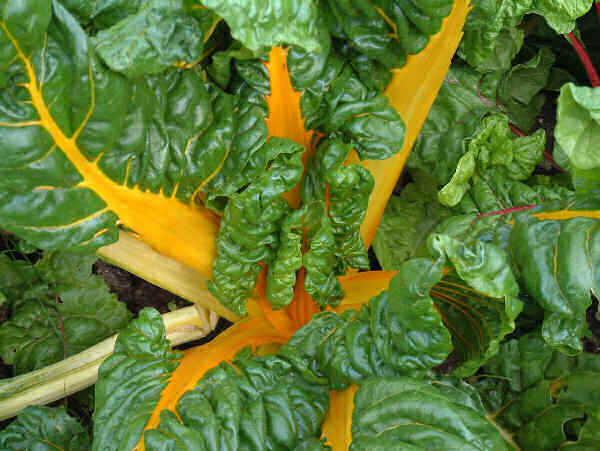
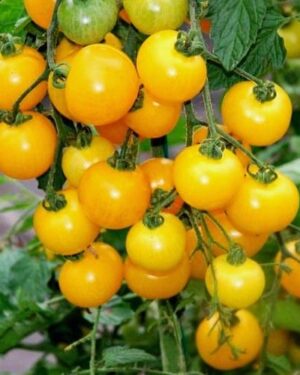

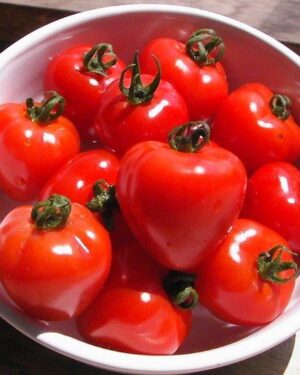

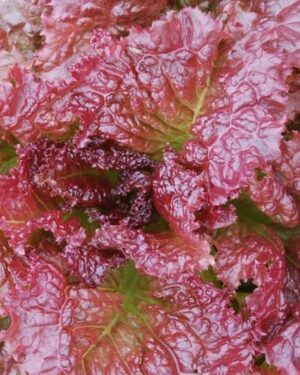
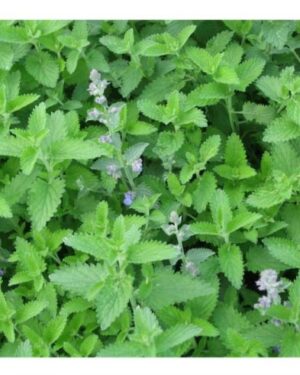
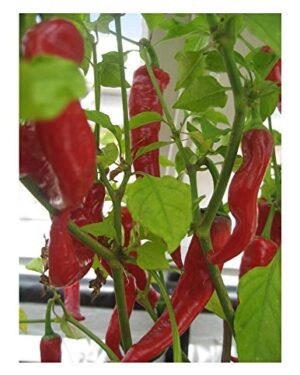
Reviews
There are no reviews yet.